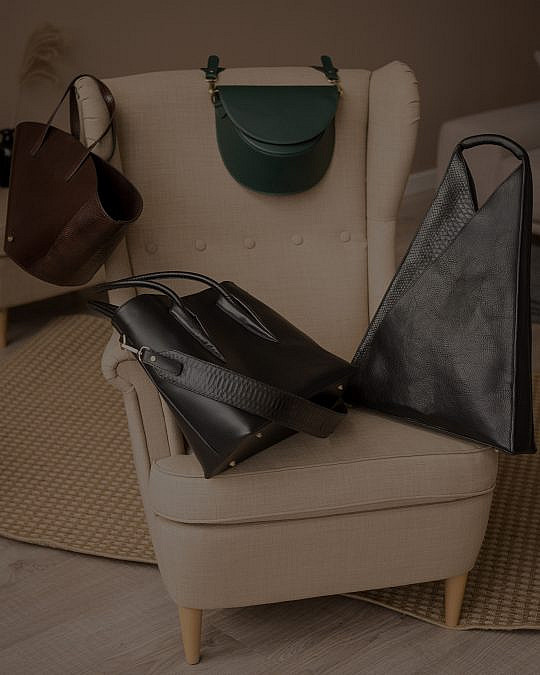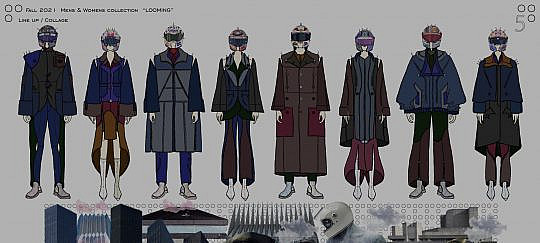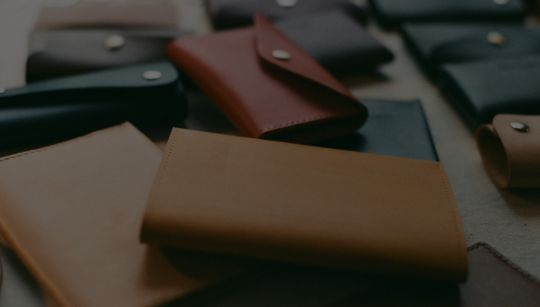
LONDON FASHION: STREET SEEN
In this month's Street Seen, meet Aimee from South London!
One of the most tense experiences in sport is seeing a Formula One vehicle barrel roll into the blockades. In a split second, the siren-like purr of the engine snaps to a halt and is displaced by an eerie silence as the safety crew run over to haul the dazed driver from the cockpit.
But that’s just an ordinary day in F1. Over the years, there have been hundreds of high-impact collisions turning cars into junk in the blink of an eye. But that doesn’t make it any less shocking to watch. Indeed, when these incidents unfold in real time, it makes you wonder how anyone inside could survive at all.
How do all these F1 drivers watch their cars detonate into debris around them and live to tell the tale? To answer that, we need to go into the cockpit ourselves…
An ergonomic escape route
The main safety feature of any vehicle in F1? Cockpit design. The features of an F1 cockpit are instrumental to a driver’s well-being. It needs to be tough and tight to encase the racer and protect them from tumbling wreckage, but also wide enough to allow them a hasty exit when required.
F1 cockpit design – and F1 itself – has changed considerably over time – but today they must be a minimum of 850mm long and 450mm wide. Every car is now built so that drivers can climb out from a broken vehicle in no more than five seconds.
No fuel, oil or water lines ever pass through the cockpit either. This helps to keep some of the most dangerous fluids well clear.
A built-in firefighter
Combustion is common during every form of high-speed racing – and Formula One vehicles are actually equipped with their very own fire extinguishers to put out flames as soon as they appear.
Whenever fire is detected, the automatic extinguisher immediately pumps foam onto the engine and chassis to cool these areas and prevent a blaze.
The fire system also needs to be sophisticated enough to differentiate between flames and general heat – with the cockpit averaging a temperature of 120 degrees Fahrenheit on a normal race day.
A crash report recorder
In the immediate aftermath of a crash, it can be difficult to determine the condition of the driver beneath their helmet and clothing. That’s why F1 cars are now fitted with accident data recorders which provide information on the point and speed of impact.
Using this data, medics can gain a good understanding of where the driver may be injured and how serious their wounds are likely to be – ensuring appropriate treatment as quickly as possible.
An exceptional wardrobe
There’s a lot more to F1 driver clothing than just super-thick padding. Every inch of their get-up is designed to make a difference in the event of a crash.
Take the suit zips, for example. They can’t be attached to any clothing unless they pass the fireproof test. They also need to be positioned in tactical places as any zip that comes into close contact with a driver in boiling temperatures risks burning the skin. In fact, every single thread in an F1 suit is fire-resistant.
Even to guarantee a firm grip on the steering wheel in front of them, all drivers wear specially made, leather-palmed gloves. Fireproof ankle boots are made of soft, cushioned leather and rubber soles to provide accurate and slip-free contact with the car’s pedals. Yep, that’s right. Leather is listed among a very exclusive group of materials used for to keep F1 drivers safe – cementing its status as the material of a million uses.

In this month's Street Seen, meet Aimee from South London!

Having previously worked for high fashion houses such as Chloé, Balenciaga and Paco Rabanne, it was actually the unsettling image of piled-up leather offcuts left unused by big name brands that inspired Paris-based designer Bea Recoder to launch Reco.

Yang Shen's collection 'Looming' features a variety of unique leather jackets that are not only functional and protective but also timeless.

Chrome tanning is the most widespread and versatile method while veg tanning has been around for thousands of years. Which is your favourite?